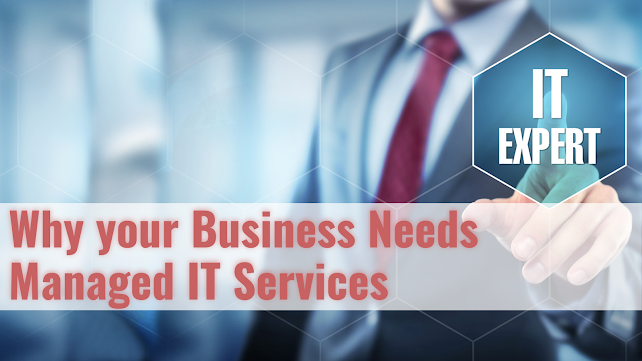Cloud Computing Security: Expectations vs. Reality
The majority of enterprises have at least one application or a portion of their enterprise on the cloud infrastructure. Every business is trying to take the benefits of efficiency, innovation, scalability, and flexibility offered by the cloud. And according to reports, companies that are more strategic in their approach to technology are doing better financially. In fact, the majority of companies have adopted cloud services. Clearly, the cloud is at the heart of modern IT transformation. However, many companies are finding it hard to capture these advantages. Like most of the innovative technologies, obtaining the expected benefits of the cloud takes time.
One of the reasons why many companies have not moved to the cloud is because of perceived threats. And they enjoy the safety and comfort of hosting all infrastructure services themselves. The ability for security and the IT team to see the servers and update, monitor, and manage all devices brings a sense of comfort and satisfaction. Although the cloud may seem new, enterprises have been using services for years. The cloud computing services are offered by the providers that are located offsite with client's access via public or private connections. And moving your critical data and applications into the cloud-like Microsoft office 365 raises a concern. The top perceived threats with cloud services are unauthorized access, hijacking of accounts, and the malicious insider. The other common security risks like data breaches, malware, and denial of service attacks were not in the top perceived security risks.
Real Cloud Security Risks and Concerns
A number of enterprises probably have experienced a security data breach within their public cloud system than their on-premise data. Although, when you will go through data, you will find that the attack within the cloud was not a brute-force attack on the service itself. It is an attack on the end-user and their account. The security breach that occurs on-premise data is a mix of the same account and core infrastructure attack. While dealing with security threats, follow-ups, and responsive action have an enormous impact on the potential damage caused. The truth of the matter is, real security concerns comes from the misunderstanding that an enterprise loses some level of security and control by going to the cloud. The cloud has been riding the hype for almost a decade now. And during that time, plenty of experts have proclaimed various levels of enthusiasm within the community. However, the focus has been shifted from the cloud itself to some specific categories within the cloud, each of which seems to be following their own hype cycle. Many cloud-ready applications are offering inadequate for modern production workloads. Now, it is safe to say that most of the disappointment so far is the result of overly high expectations rather than flaws in the technology. And the other reason is that many organizations are trying to do much in the cloud too soon. A better approach would be to keep it uncomplicated. Launch project with a cloud-first attitude to see if superior functionality can be had in the cloud versus packaged solutions, and then concentrate on the OPEX to calculate the cost difference between on-premise and off-premise performance.



Hello, an amazing Information dude. Thanks for sharing this nice information with us. IT Berater Berlin
ReplyDelete